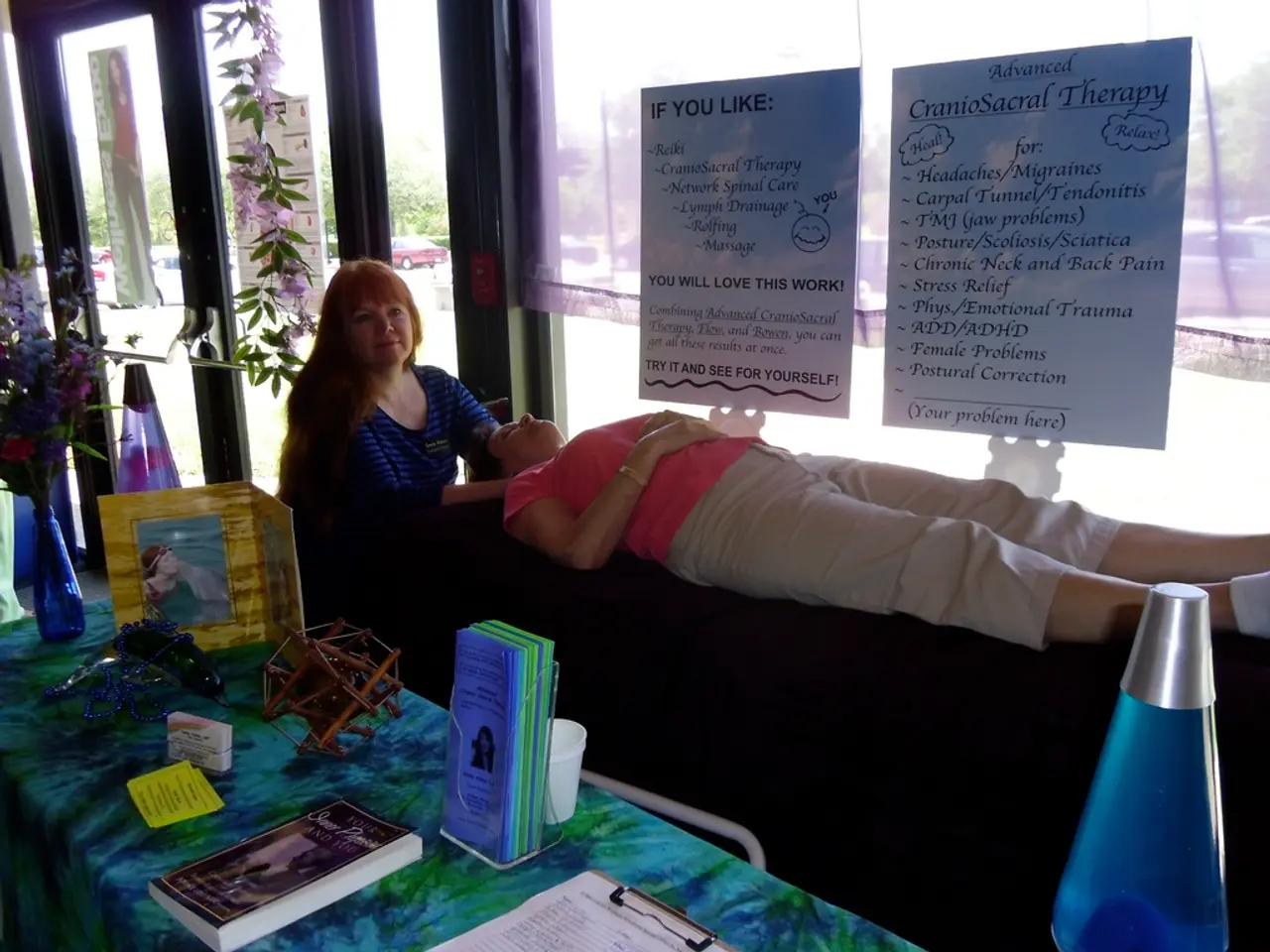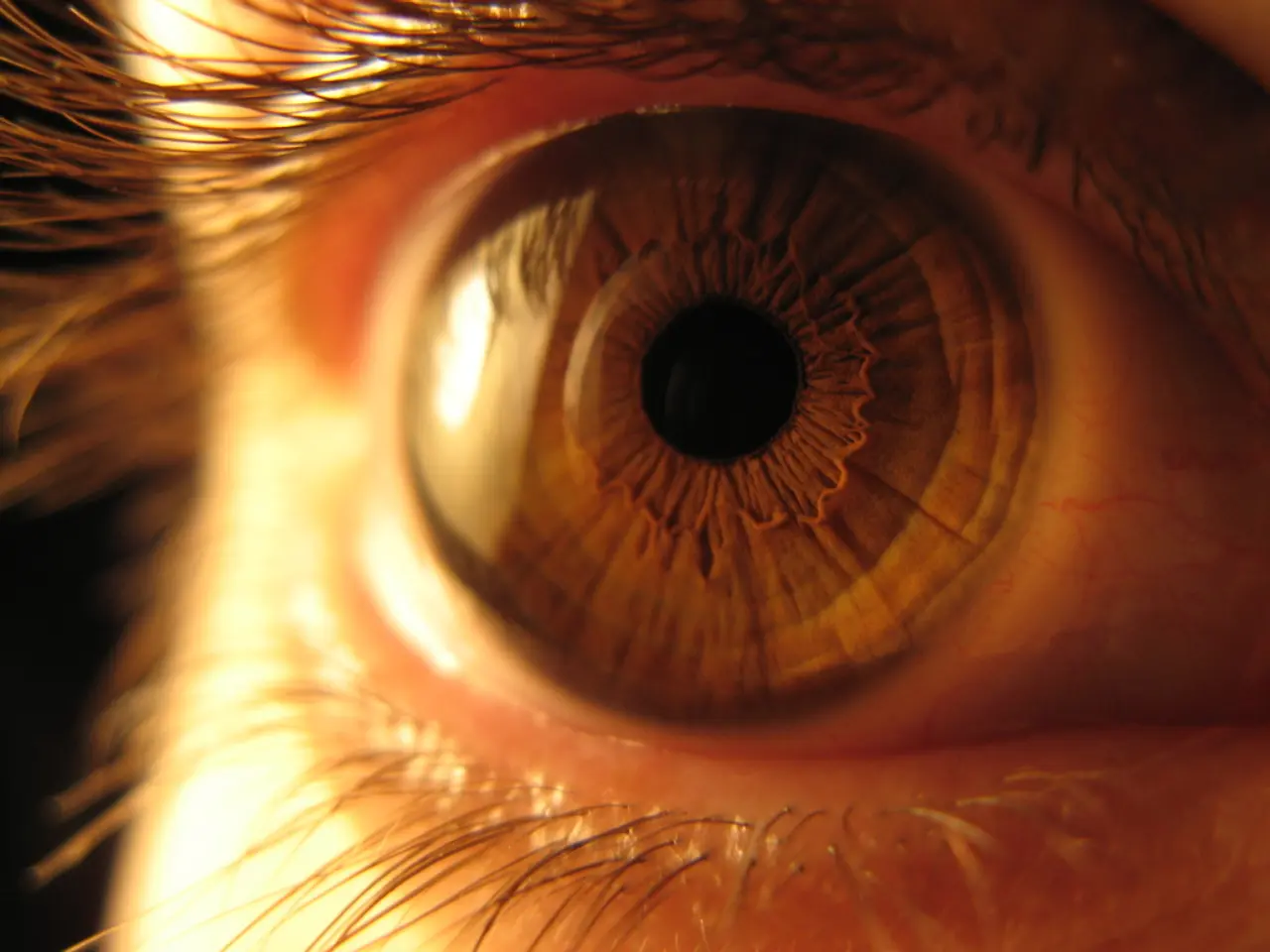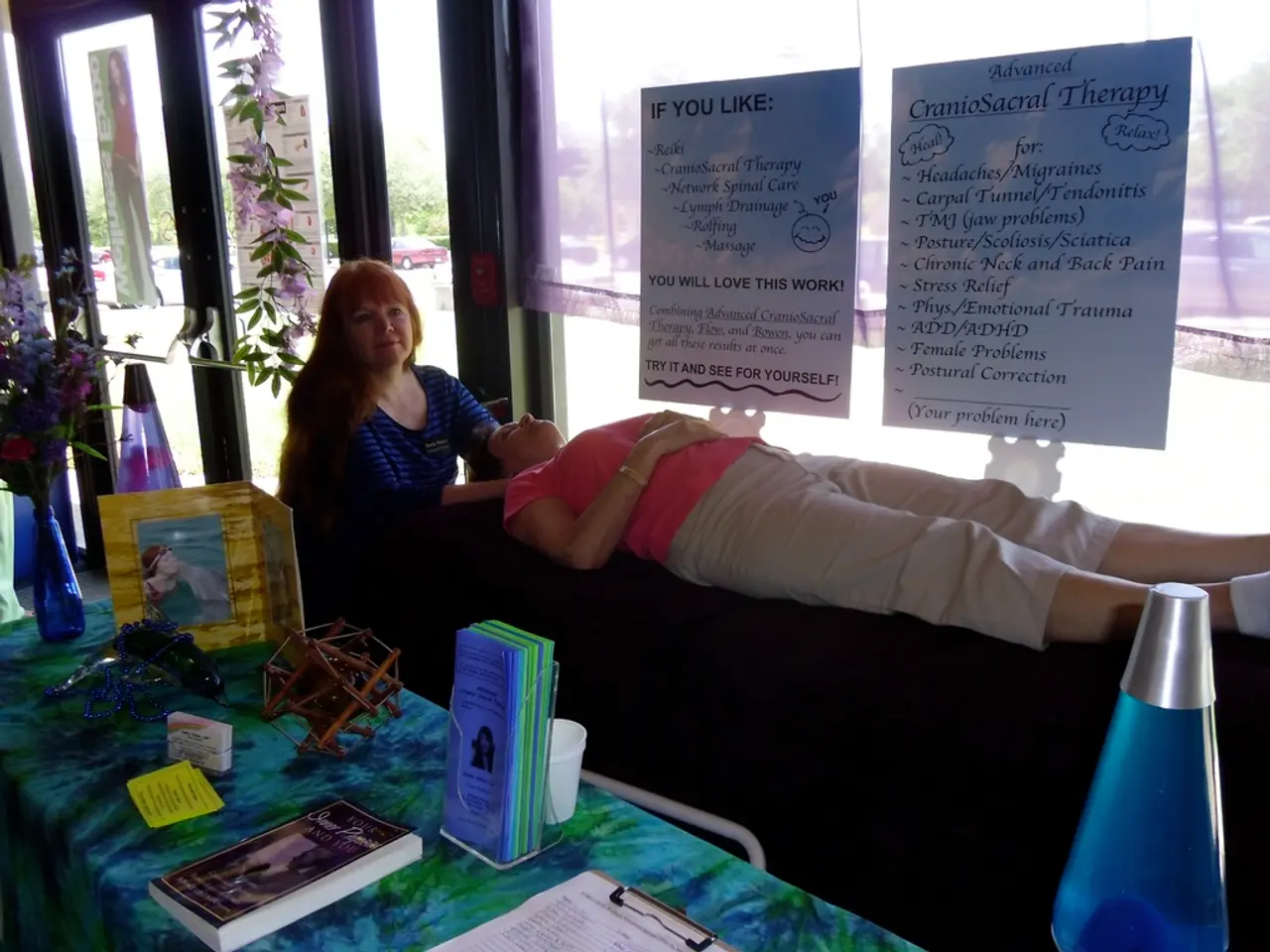Mental Health Condition Characterized by Ongoing Symptoms After Extremely Stressful Events
Post Traumatic Stress Disorder (PTSD): Understanding Its Cognitive and Mood Symptoms
Post-traumatic stress disorder (PTSD) is a mental and behavioral condition that develops after witnessing a traumatic incident. This article will focus on the cognitive and mood symptoms associated with PTSD.
PTSD can cause individuals to experience a range of distressing thoughts and emotions. Intrusive memories and flashbacks are common, where individuals may relive the traumatic event in vivid detail, often accompanied by intense emotional and physical reactions such as fear and terror[1][3][4].
Negative changes in thinking and mood are also prevalent. Persistent negative beliefs about oneself or others, distorted self-blame, ongoing feelings of fear, anger, shame, or guilt, and a loss of interest in previously enjoyed activities are common[3][4]. Individuals may feel detached or estranged from loved ones and have difficulty experiencing positive emotions.
Emotional dysregulation is another symptom, where individuals may struggle to control intense emotions, including rage, despair, or extreme fear, which may seem disproportionate to the situation[2][4].
Feelings of worthlessness, shame, or guilt often accompany PTSD, especially in complex PTSD variants, leading to chronic feelings of emptiness or hopelessness[2][4].
PTSD can also lead to avoidance behaviors, where individuals may avoid memories, thoughts, feelings, or external reminders (people, places, activities) associated with the trauma[3][4]. This can also manifest as avoiding places, situations, or items that remind one of the traumatic experience.
PTSD can also cause sleep disturbances and mood changes. Insomnia, vivid or distressing dreams, nightmares, and related exhaustion can intensify negative mood and worsen cognitive symptoms[1][3].
Difficulty concentrating and cognitive impairments are also common, sometimes related to altered brain function in regions like the prefrontal cortex and hippocampus[1][3].
Other symptoms often include hypervigilance and an exaggerated startle response, closely tied to heightened anxiety and fear processing in the brain's amygdala and related structures[1][2][3].
PTSD can also lead to negative thoughts about oneself or the world. Ideas that are unpleasant to oneself or the world are also cognitive and mood symptoms of PTSD.
It's important to note that suicide and purposeful self-harm are more likely in those who have PTSD[6].
Anyone suffering from PTSD should seek treatment from a PTSD-experienced mental health professional. Family and friend support can be a vital element of healing for those suffering from PTSD.
Not every treatment for PTSD works for everyone, and a treatment that works for one person may not work for another. Some persons with PTSD may need to attempt a variety of therapies to discover the one that best fits their symptoms. Antidepressants are the most researched form of drug for treating PTSD, helping manage symptoms such as depression, concern, rage, and feeling numb inside[5]. Other drugs may be beneficial in treating certain PTSD symptoms such as insomnia and nightmares.
PTSD symptoms usually appear within three months of the triggering traumatic experience, but they might appear years later[7]. Psychotherapy (talk therapy) is a common treatment for PTSD, often lasting 6 to 12 weeks[8].
In young children, PTSD may manifest through play instead of verbalizing their feelings[9].
For an adult to be diagnosed with PTSD, they must exhibit all of the following symptoms for at least one month: re-experiencing symptoms, avoidance symptoms, arousal and reactivity symptoms, and cognitive and mood symptoms[10].
References:
[1] National Institute of Mental Health. (2020). Post-Traumatic Stress Disorder. Retrieved from https://www.nimh.nih.gov/health/topics/post-traumatic-stress-disorder-ptsd/index.shtml
[2] American Psychiatric Association. (2013). Diagnostic and statistical manual of mental disorders (5th ed.). Arlington, VA: American Psychiatric Publishing.
[3] Herman, J. L. (1992). Trauma and recovery: The aftermath of violence—from domestic abuse to political terror. Basic Books.
[4] Van der Kolk, B. A. (2014). The body keeps the score: Brain, mind, and body in the healing of trauma. Viking.
[5] National Center for PTSD. (2018). Medications for PTSD. Retrieved from https://www.ptsd.va.gov/professional/pages/medications-ptsd.asp
[6] National Institute of Mental Health. (2020). Suicide. Retrieved from https://www.nimh.nih.gov/health/topics/suicide/
[7] National Center for PTSD. (2018). Delayed Onset of PTSD. Retrieved from https://www.ptsd.va.gov/understand/symptoms/delayed-onset-ptsd.asp
[8] National Institute of Mental Health. (2020). Post-Traumatic Stress Disorder: Treatment. Retrieved from https://www.nimh.nih.gov/health/topics/post-traumatic-stress-disorder-ptsd/treatments.shtml
[9] Cohen, J. A., & Mannarino, A. P. (2008). Childhood trauma and the development of posttraumatic stress disorder. In M. E. Pynoos, R. F. Friedman, & D. F. Schafer (Eds.), Handbook of traumatic stress disorders (2nd ed., pp. 159–174). Guilford Press.
[10] American Psychiatric Association. (2013). Diagnostic and statistical manual of mental disorders (5th ed.). Arlington, VA: American Psychiatric Publishing.
Forensic psychology and forensic science can play significant roles in understanding the neurological and behavioral aspects of Post Traumatic Stress Disorder (PTSD), including the prevalence of PTSD in crime victims and its impact on the justice system. In the realm of health-and-wellness and mental-health, techniques from these fields can aid in diagnosing PTSD and developing effective treatment strategies.
Moreover, the integration of forensic science and forensic psychology can potentially help identify patterns in PTSD symptoms, raise awareness about the disorder, and inform the development of evidence-based treatment programs to address the complex needs of individuals dealing with PTSD.




